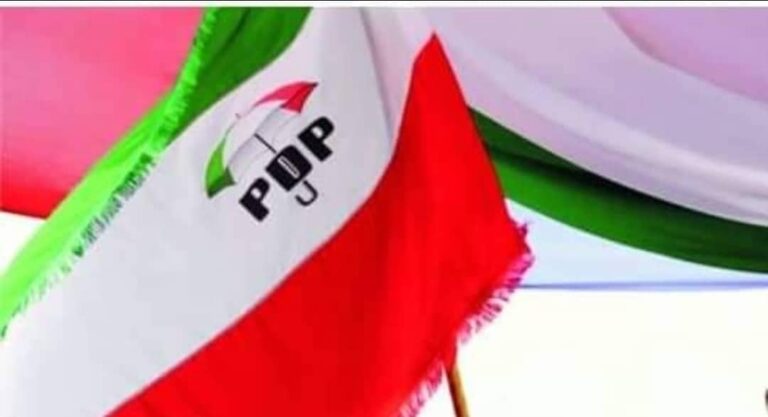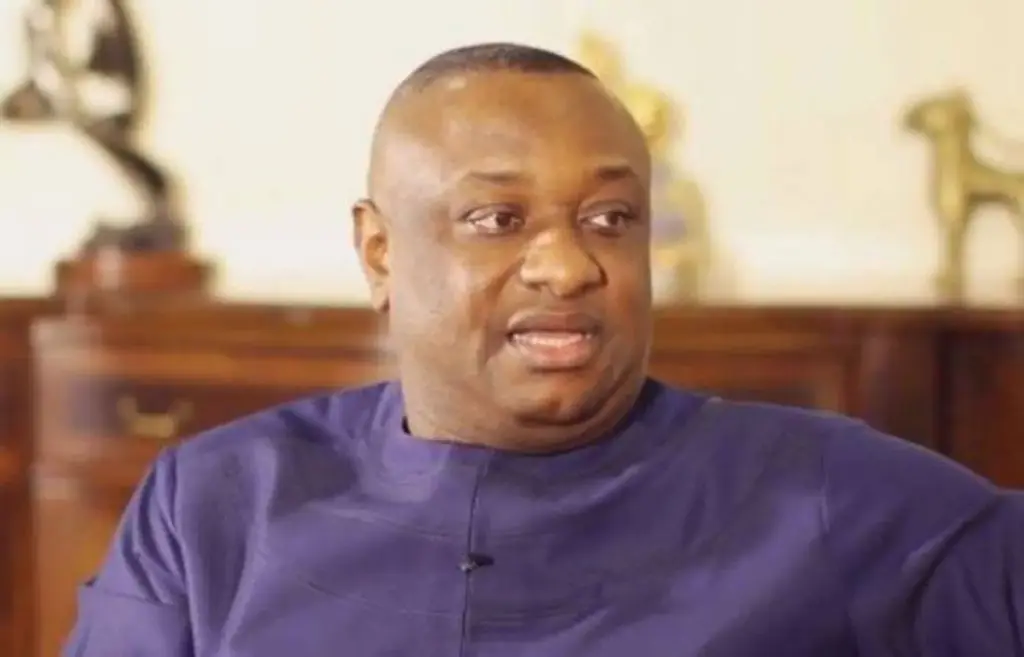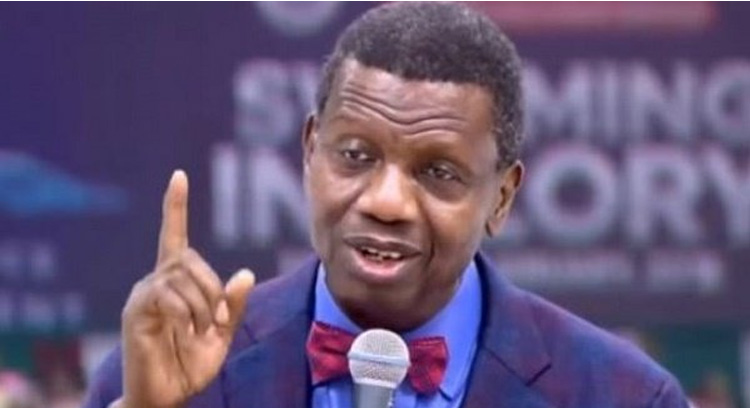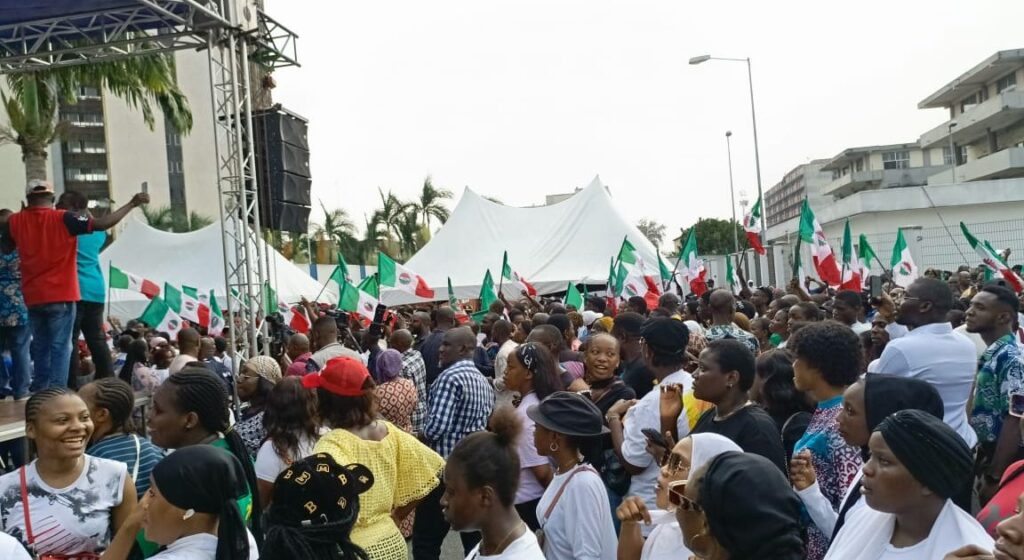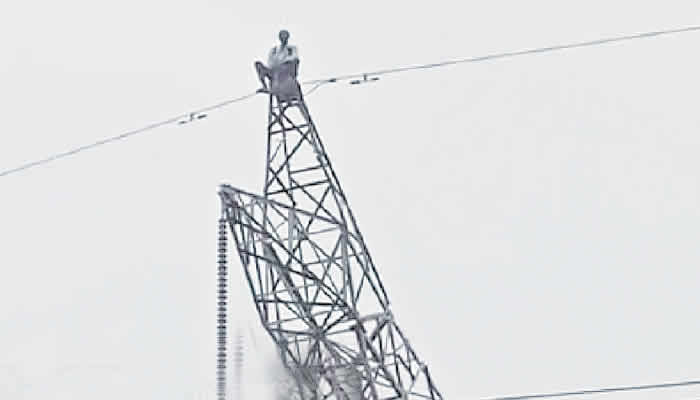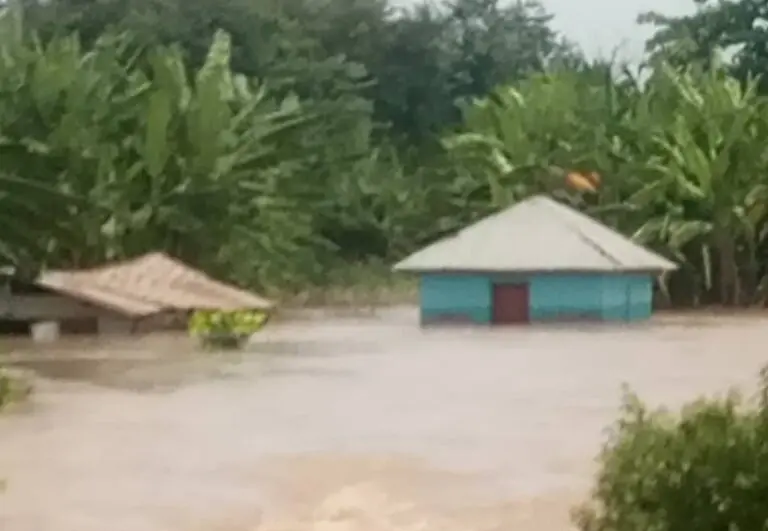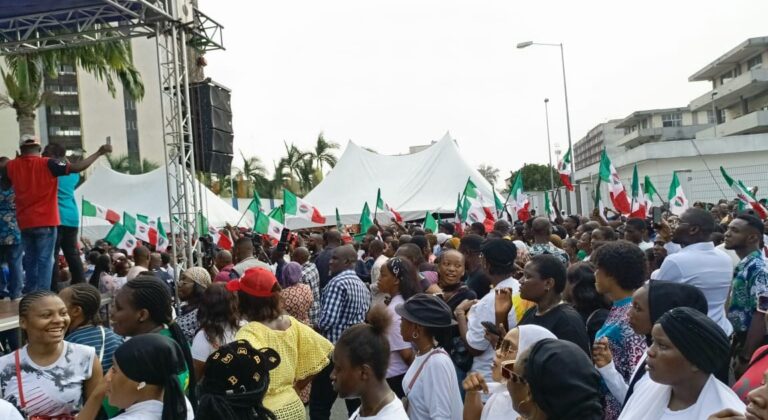Festus Keyamo, Minister of Aviation and Aerospace Development, has defended the Federal Government’s N712 billion investment in the overhaul of Murtala Muhammed International Airport, Lagos, saying it is essential to address deteriorating infrastructure, boost capacity, and align the country’s busiest airport with current global benchmarks.
Keyamo’s clarification is on the premise of the Federal Executive Council’s recent approval of the airport redevelopment project.
Following the Federal Executive Council meeting on Monday, the Sunday Telegraph gathered that the Federal Government approved airport projects totalling N919.10 billion.
The investment was described as a “Massive infrastructural upgrade” across major aviation hubs, with particular emphasis on the Murtala Muhammed International Airport in Lagos.
Justifying the significant funds allocated for the projects, the minister stated that the scale and urgency of the upgrades reflect the critical need to modernise the country’s aviation gateways in line with international standards.
READ ALSO
He explained that the International Terminal 1 of the Murtala Muhammed International Airport will be completely stripped down to its structural frame and fully rebuilt, with all mechanical, electrical, and plumbing systems replaced.
“The contract, awarded to CCECC, also includes works on Terminal 2—such as apron expansion, access roads, bridges, and related infrastructure.
“To further enunciate our plans for the Murtala Mohammed International Airport in Lagos, let me further clarify the approval we secured from the Federal Executive Council Meeting last week.
“There are two international terminals in Lagos. Terminal One is that old building directly facing the long stretch of road leading to the airport, built and commissioned in 1979 by the Obasanjo-led military regime. It has two wings known as Wing D and Wing E. Terminal Two is the new building on the right-hand side as you drive into the airport, started by President Jonathan’s government with a Chinese loan, completed during President Buhari’s government (with the loan), and made operational during President Tinubu’s first month in office.”
Keyamo highlighted the fact that Terminal One has deteriorated significantly over the years, rendering it unsuitable for meeting the demands of modern air travel and passenger expectations.
“Due to years of neglect and because the traffic over time quadrupled beyond its capacity, the building and facilities at Terminal One became totally decrepit. We have been engaged in some patch jobs over the years just to make it a bit presentable.
“Now, shorn of all the rhetoric, what we simply want to do is to totally strip down that building, including the entire roof (leaving only the carcass), then re-design/reconfigure it and build a brand-new airport for the nation to meet modern, international standards that can also cater for the increased traffic. Both Wings D and E would be affected.”
Regarding Terminal Two, Keyamo disclosed plans for its expansion and the rectification of long-standing design flaws that have long caused inconvenience to passengers.
“As for the new Terminal (Two), we got approval to expand the building and the apron (where aircraft park for boarding and disembarkation) in order to accommodate more aircraft, including wide-body aircraft.
“That is not all; we are constructing two new independent ring roads in and out of the airport (one for departure and one for arrival) and a bridge that will take travellers directly to the upper floor of Terminal Two departure lounge, instead of lifting our luggage on the escalators when we are departing. It is a design error we intend to correct”, Keyamo explained.
He noted that the upgraded airport will feature modern technology to meet global standards and confirmed the project will be fully funded with local, domestic resources.
“We have also introduced smart solutions to the new designs in order to deliver a smart airport to Nigerians that can compete with any airport in the world. In all, Nigerians will be proud of what we are going to deliver.
“And take note, this will not be done by a loan from anywhere, but by the Renewed Hope Infrastructure Development Fund, which is one of the gains made from the removal of subsidies.”
To promote transparency, Keyamo stated that stakeholders will be invited to oversee the project’s progress once work commences.
“As the work progresses, we will be inviting the press, civil society groups, members of the National Assembly and interested Nigerians on regular tours of the facility to monitor the extent and quality of work. It is part of our national heritage, and we should all rightly be interested in the final outcome.


